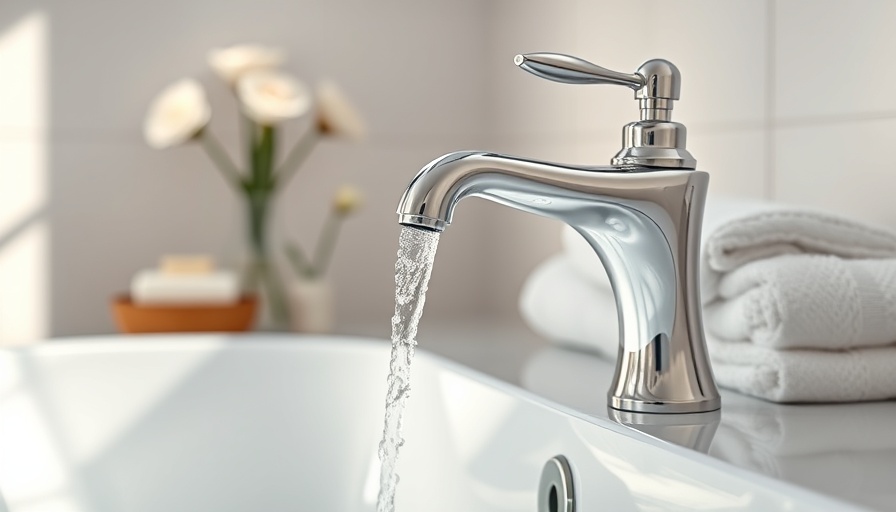
Why Warm Bath Water is Essential for Relaxation
After a long day filled with stress and responsibilities, there's nothing quite like soaking in a warm bathtub to unwind. The soothing touch of warm water can dissolve away tension and provide a peaceful escape from the hustle and bustle of life. Unfortunately, nothing spoils a relaxing soak like abruptly transitioning from warm to cold water. Let's dive into effective strategies to help you maintain that delightful warmth throughout your shower.
1. Choose the Right Bathtub Material
The success of keeping your bath water warm begins with the bathtub itself. Bathtub materials greatly influence heat retention – opting for an acrylic tub, with its high heat insulation properties, can ensure that your water stays warm longer. Besides being durable and lightweight, acrylic bathtubs can come in a variety of styles, making them an attractive choice for homeowners aiming for aesthetics as well as functionality.
2. Pre-Heat Your Tub
Just like preheating an oven ensures that your food cooks evenly, preheating your bathtub allows it to absorb heat effectively. Fill your tub with hot water before adding in your bathing water, ensuring it's maintained at a higher temperature than usual. This tactic is particularly effective during colder months when the tub itself tends to absorb heat from the water quickly.
3. Bubble Baths: A Delightful Solution
While they add a fun element to your bath, bubble baths also serve a practical purpose. The layer of bubbles acts as an insulator, minimizing heat loss from the water's surface. Investing in a high-quality bubble bath product can enhance both the experience and the effectiveness of keeping the water warm, allowing for extended bath time enjoyment.
4. Keep the Bathroom Door Closed
While it might seem simple, ensuring that your bathroom door is closed can make a significant difference in temperature preservation. Drafts from open doors allow cold air to seep in, making it difficult to maintain a warm environment. Taking a few extra steps to seal off the bathroom will not only enhance your bath experience but also improve energy efficiency.
5. Insulate Your Bathroom
Consider insulation a crucial element in maintaining a warm bathing environment. Insulating the bathroom walls and any nearby windows can significantly reduce heat loss. Modern insulation techniques and materials can make a huge difference, especially in older homes where drafts may disrupt your cozy sanctuary.
6. Utilize a Space Heater
If your bathroom is particularly chilly, a space heater can be a valuable investment. It promotes a cozy atmosphere while also preventing your bathwater from cooling too quickly. Make sure to keep safety in mind by placing the heater at a safe distance from any water sources.
Conclusion: Create Your Sanctuary
Incorporating these strategies will ensure that your bathing experience is not only enjoyable but rejuvenating as well. Warm bath water contributes not just to relaxation but also to your overall well-being, making it worth the effort to maintain. By investing in the right materials, embracing pre-heating, and creating a cozy environment, you turn the simple act of bathing into a luxurious retreat.
As you focus on enhancing your home's comfort, consider exploring further options for creating a holistic sanctuary in your bathroom. Don't forget to share your bathtime tips with friends and family, and together, let’s foster healthier habits!
 Add Row
Add Row  Add
Add 




Write A Comment